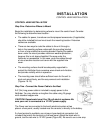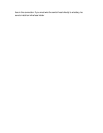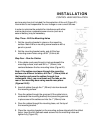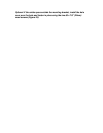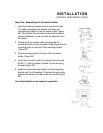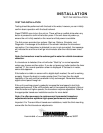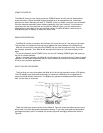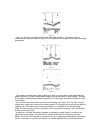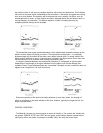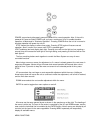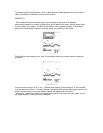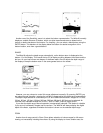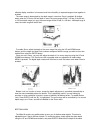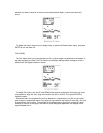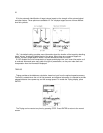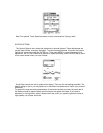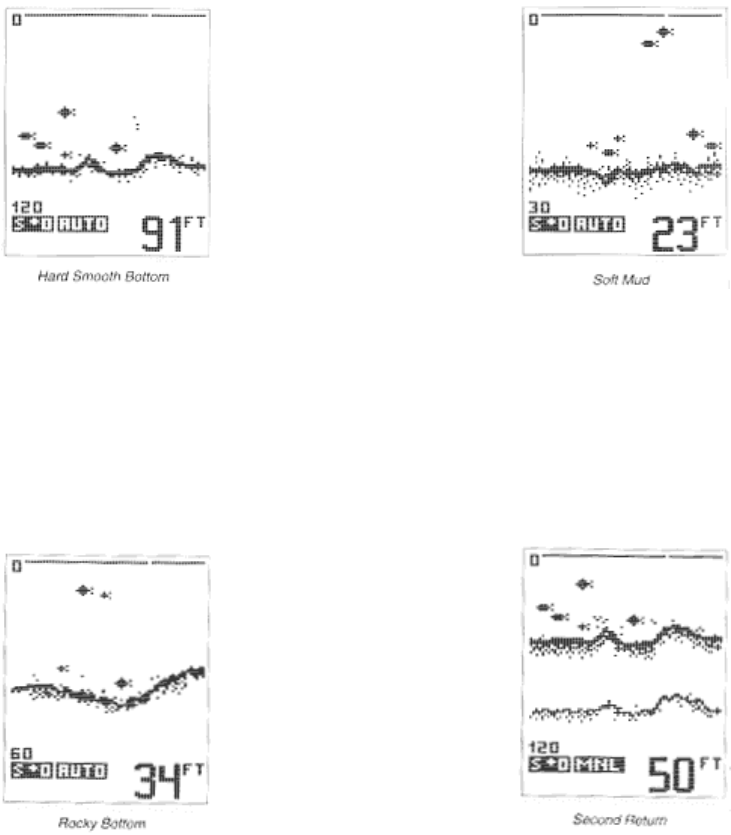
the bottom is mud or soft sand, the bottom depiction will be thick and less dense. This indicates
that much of the sonar signal is absorbed by the soft bottom. If the bottom is rugged and varying,
such as a rocky bottom, the depiction will be textured and vary in density. Structure, such as
submerged trees or brush, or other objects are clearly displayed above the soid bottom return, in
varying degrees of pixelization. This bottom depiction is useful in locating structure, by
comparing relative density as well as depth.
The transmitted sonar signal travels downward, and is reflected back toward the surface by the
bottom of other objects for display on-screen. The signal does not stop there – it is reflected
downward again by the surface of the water, and a weak “second return” is usually visible if the
depth range is sufficient to see it. A second return is shown in the figure below. Some users use
this second return as an indicator when setting the sensitivity bias.
If a target is detected between the surface and the bottom, it is displayed as a fish symbol.
Depending on the strength of the signal reflected from the object, one of three different size
symbols is used. These reflected signals are “normalized” foe depth, so that a small fish does not
appear to be a large fish it it is close to the boat.
Since some species of fish tend to be better reflectors of sonar than others, the strength of
return is not always an accurate indicator of fish size, however, typically the larger the fish, the
larger the signal return.
CONTROL FUNCTIONS
The Wide W unit uses only seven buttons to control all functions. The controls are “divided into
two groups: POWER, STOP, and LIGHT are one group, and the Menu System controls are the
other group. When any button is pressed, an audible “chirp” will verify the control input.



